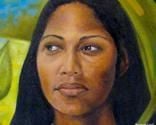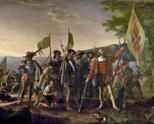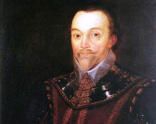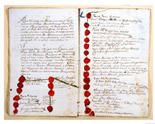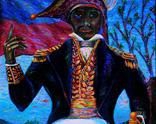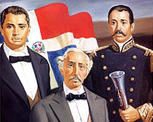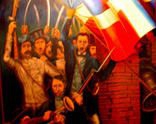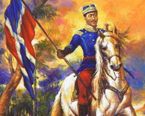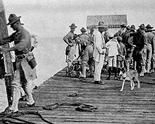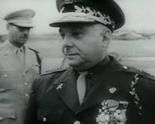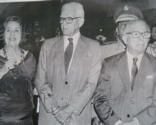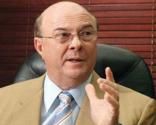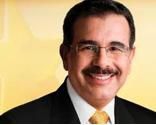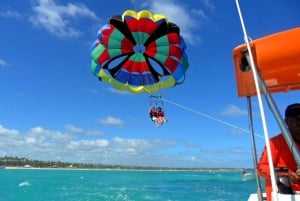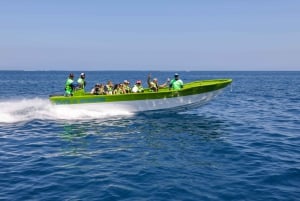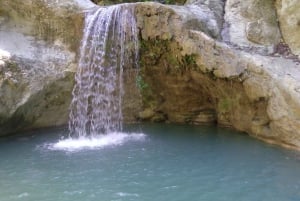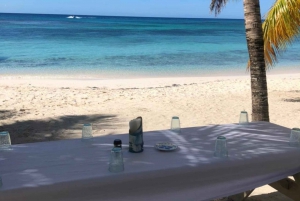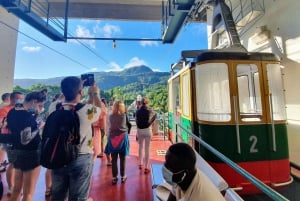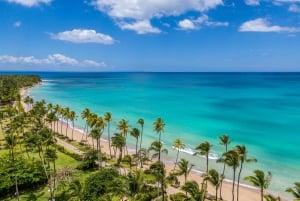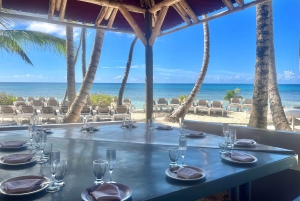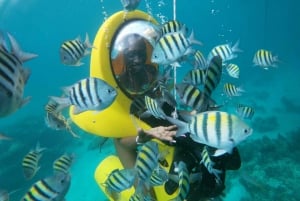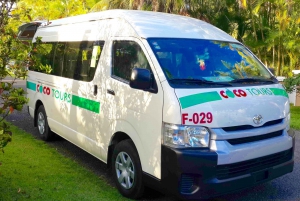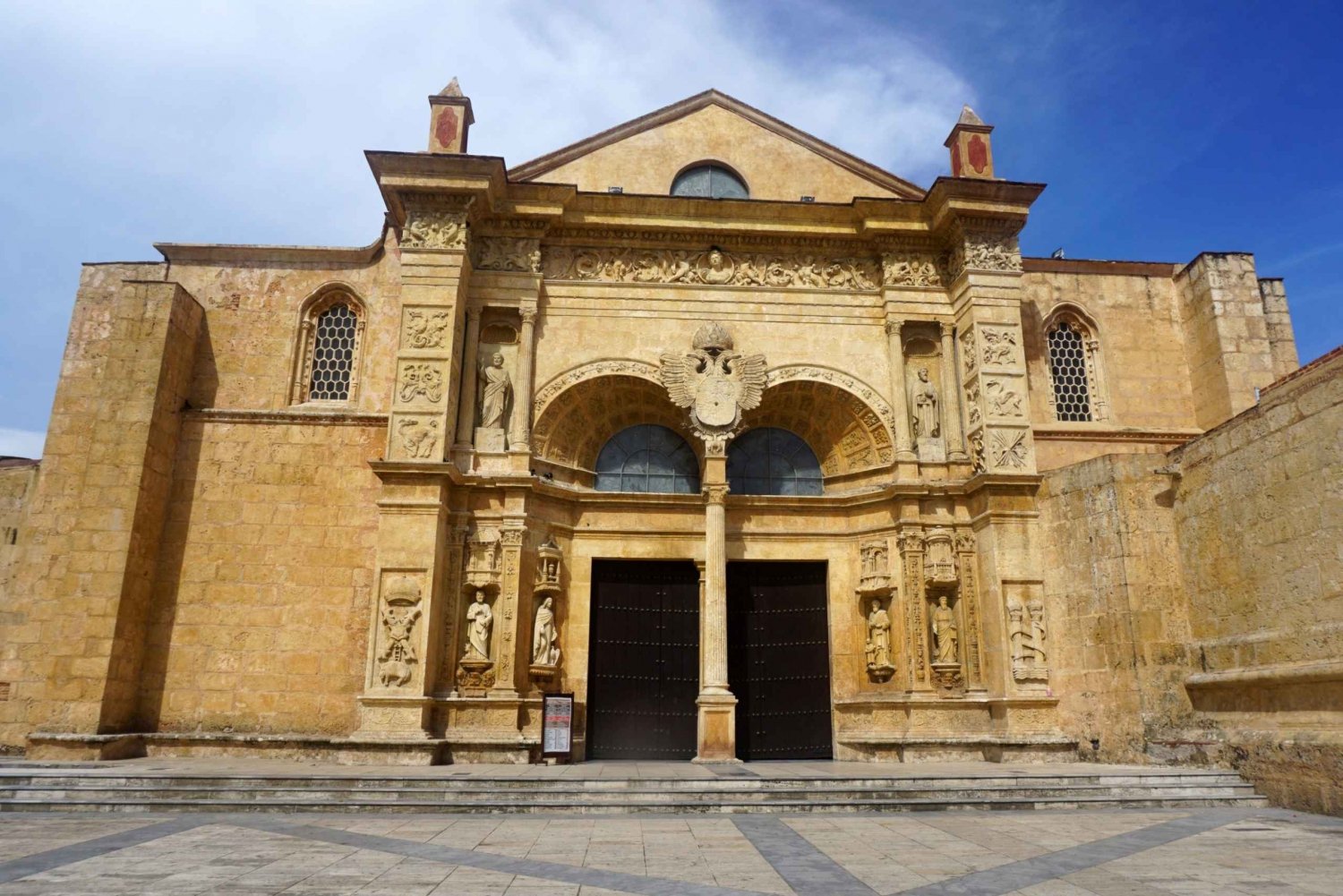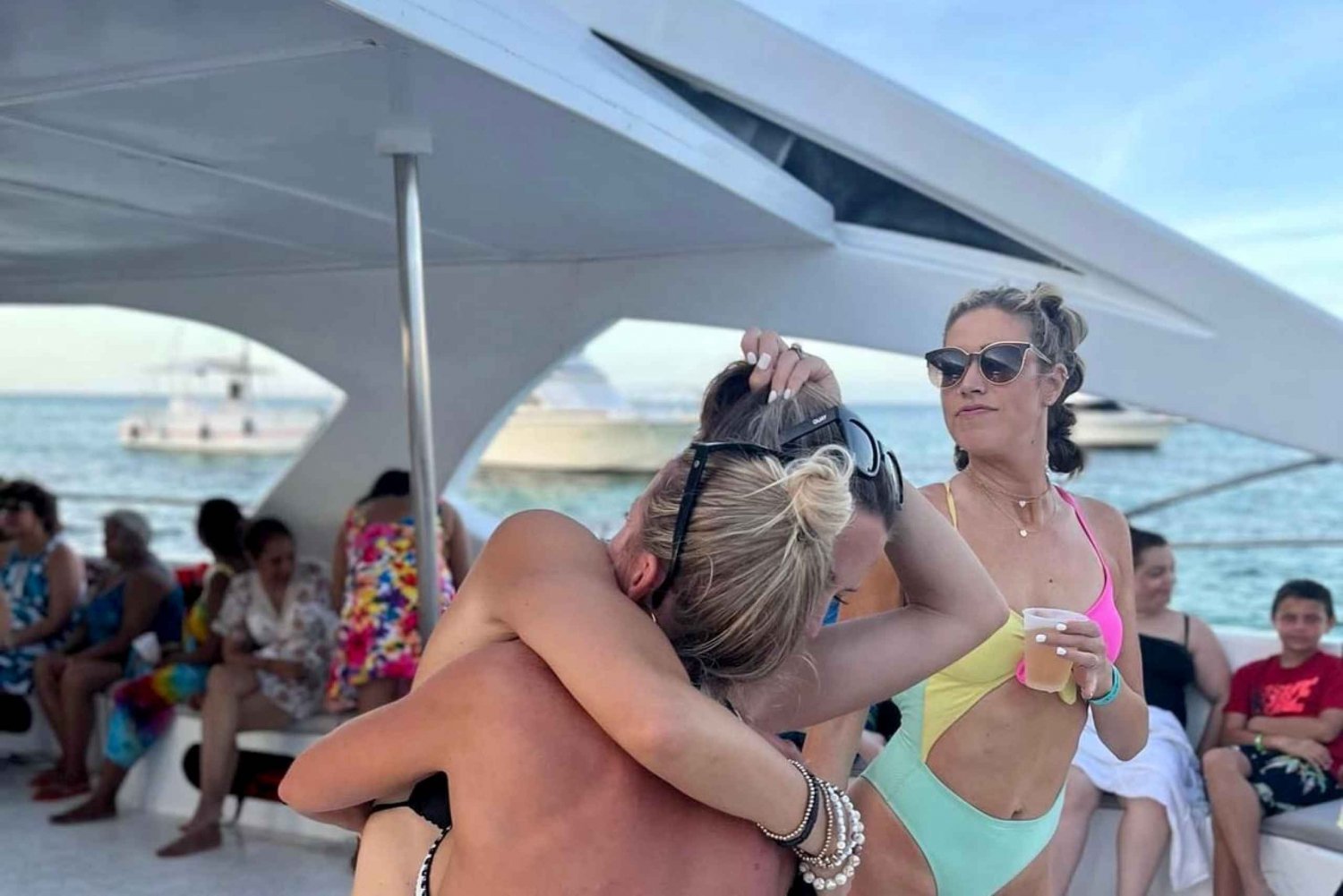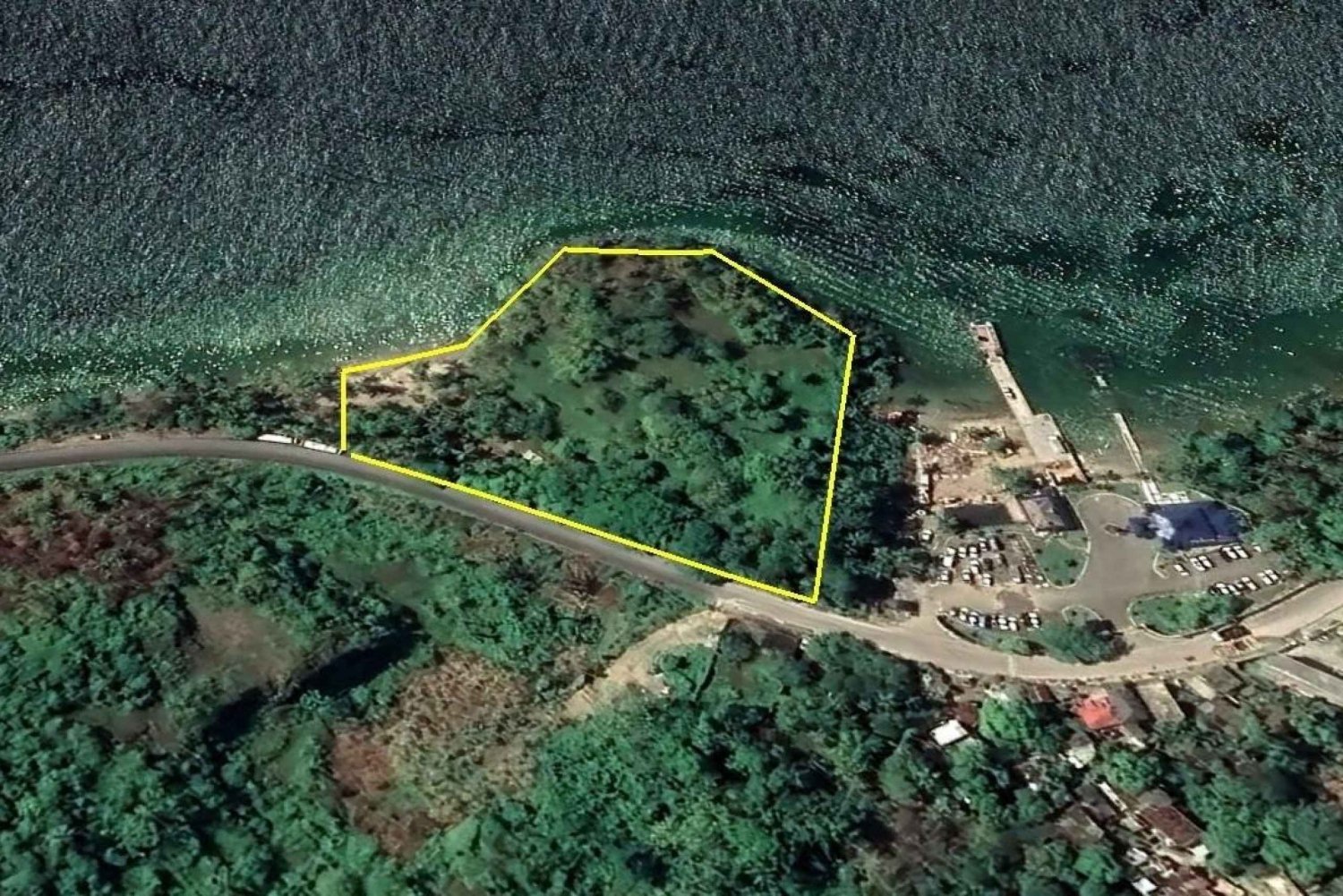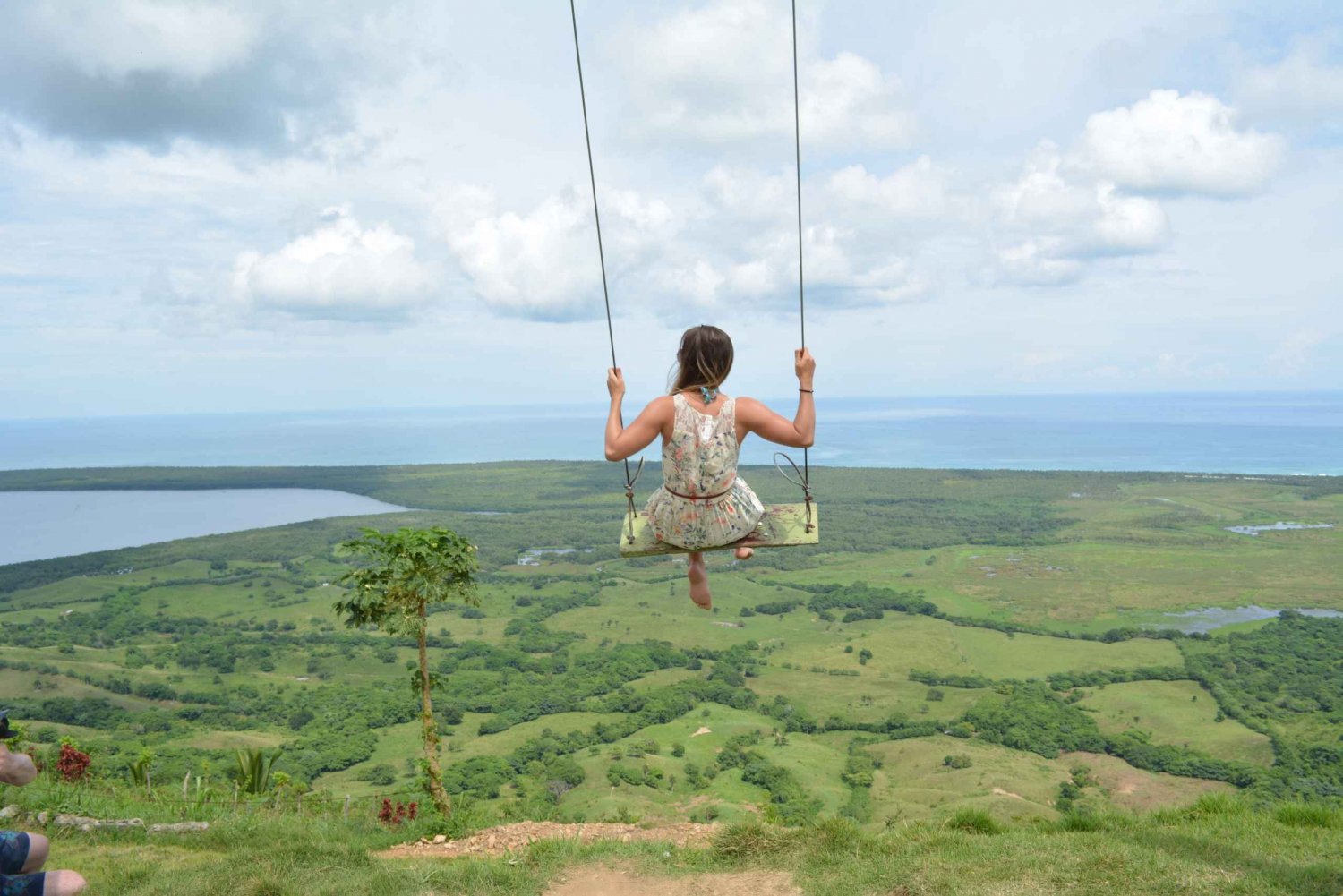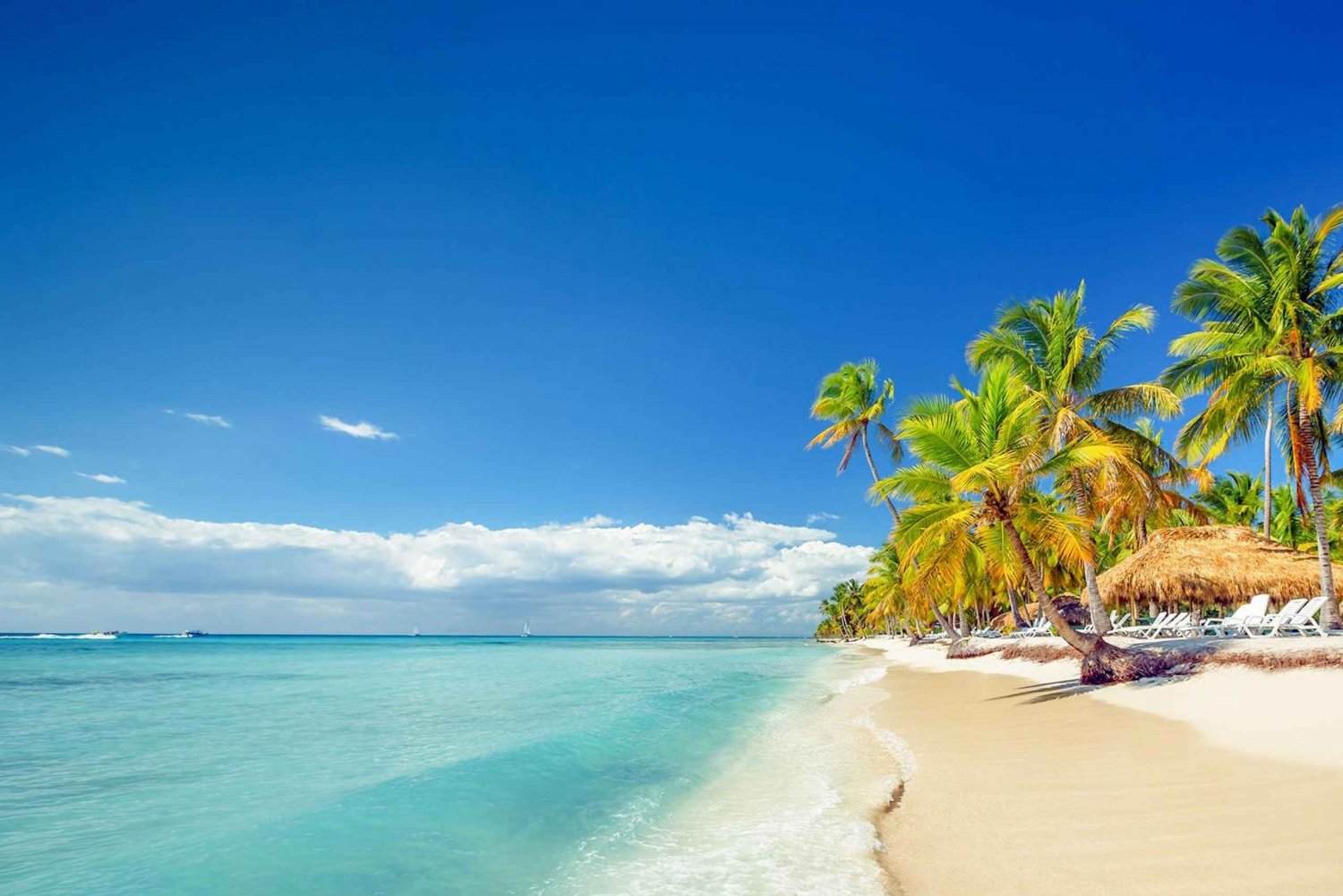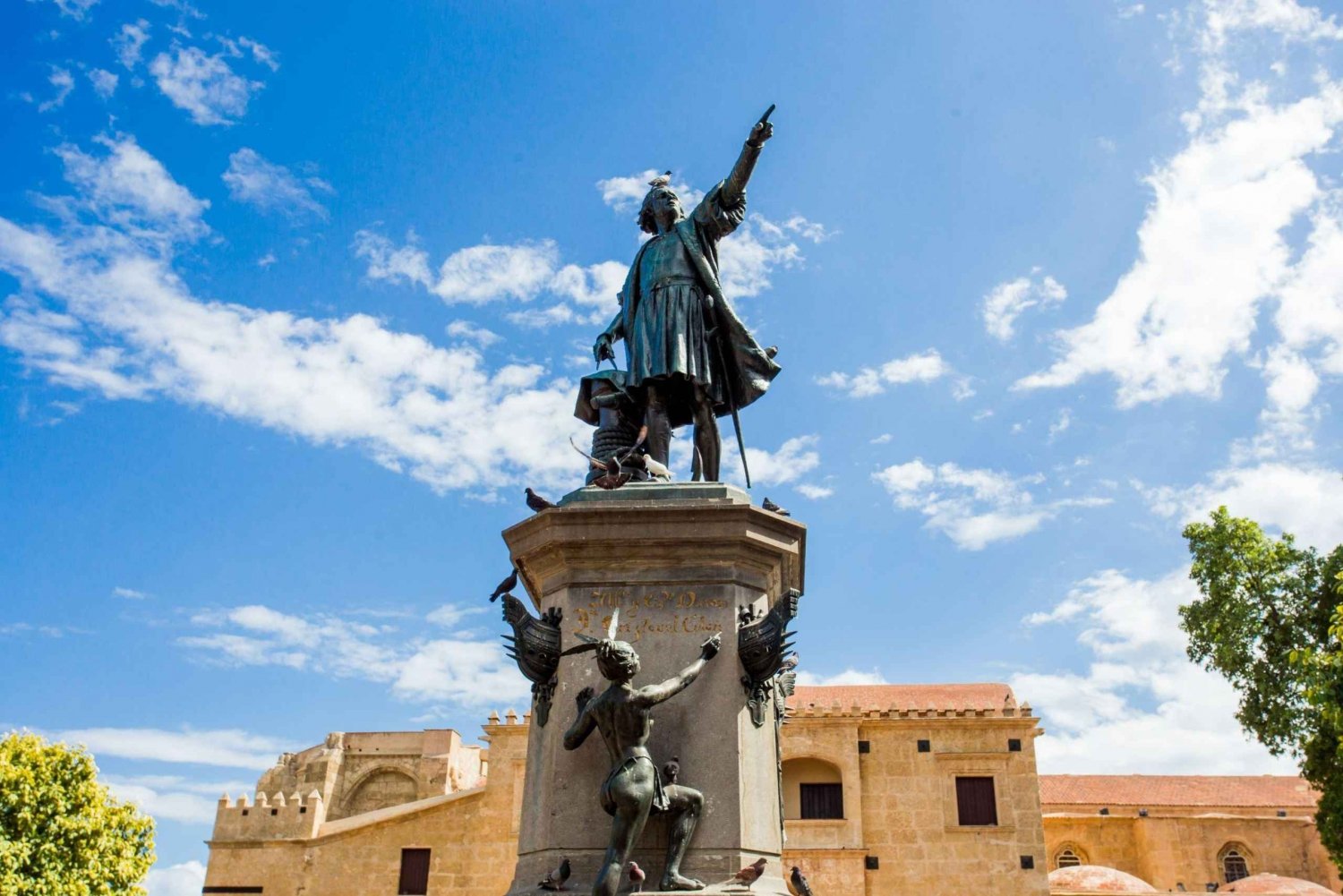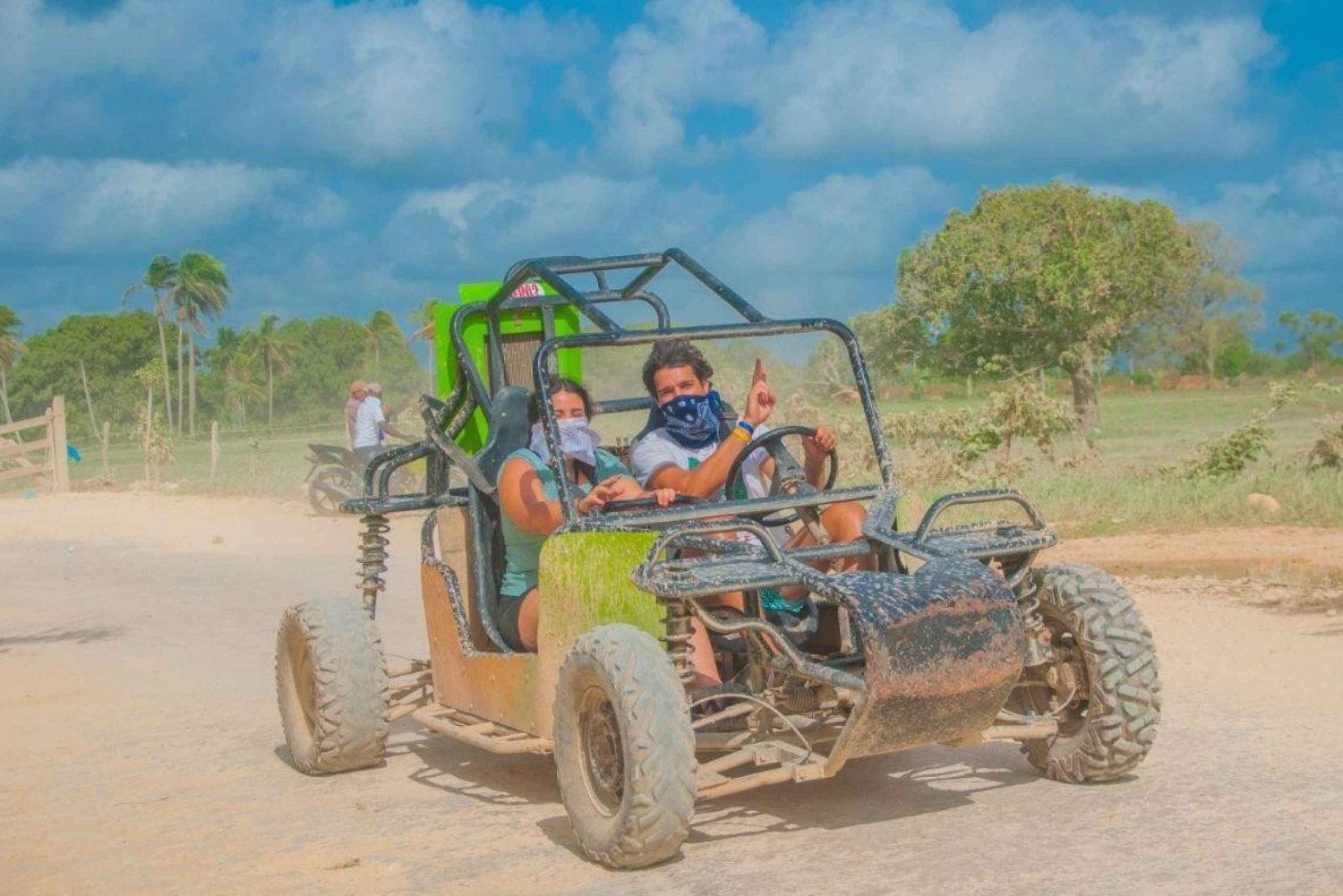History of Dominican Republic
My Guide Dominican Republic has prepared a brief introduction concerning the history of the Dominican Republic. The Caribbean island of Hispaniola is the home of two nations: the Dominican Republic and Haiti. The warm aquamarine waters of the Caribbean Sea and the Atlantic Ocean both touch the shores of Hispaniola, which is the second largest island in the Antilles.
AD 600 Taino Culture
In about AD 600, a group of Taino Indians, speakers of the Arawak language, reach this island, which they name Quisqueya. Over many centuries they travel by canoe along the Caribbean island from the Orinoco Delta in Venezuela and Brazil. The Tainos worship the afterlife and nature, and establish villages for their fishing and farming work.
1492 Columbus Arrives
In 1492, during his first voyage, Columbus discovers Quisqueya, which he calls Hispaniola. A discovery that is the first step in a long history of Spanish colonialism, it results in the deaths of nearly 1 million Taino Indians in the short period of 50 years. In 1498 Santo Domingo is established as the first city in the Americas. Beginning in 1503, slaves from Africa are transported to the island in order to supply labor for the plantations.
1586 Francis Drake Sacks Santo Domingo
The main city of Santo Domingo is plundered and pillaged by Sir Francis Drake, the English sea commander. Hispaniola and the other colonies of Spain are endangered by pirates from several nations including England, France and Holland.
1697 Treaty of Ryswick
In 1697 under the Treaty of Ryswick, the western side of the island, today Haiti, was given to France by Spaniards: Hispaniola is divided into the western French Saint Domigue and the eastern Spanish Santo Domingo. Because of its expansion and growth due to the slave trade and the income generated from its sugar plantations, the French part of the island becomes a large thriving territory; meanwhile, because of the power of the Church and landowners, the less populated eastern Spanish side of the island declines.
1804 Haitian Independence
A military force made up of former slaves expels Napoleon’s army from Saint Domingue, and after revolting for 13 years, Haitians proclaim independence. After successive invasions, the eastern territory is restored to Spanish hands by 1809. The Spanish colony worries that Haiti will invade, so in 1821 it invades Haiti. However, in 1822 Haiti takes the entire island: Haitian rule continues until 1844.
1838 La Trinitaria Foundation
Independence from Haiti is won in 1838 when a secret organization called La Trinitaria is founded by Juan Pablo Duarte, Ramón Matías Mella and Francisco del Rosario Sánchez. La Trinitaria aids in a successful Haitian attempt to oust the President of Haiti, Jean Pierre Boyer.
1844, February 27 Independence
After 22 years of control by Haiti, independence is proclaimed by the Trinitarios on February 27, 1844: a distinct and self-governing Dominican Republic is born. An army of farmers assembled by the rich ranch owners forces out the Haitians. Local factions vie for power and Duarte is removed.
1861-1915 Period
For a brief period, from 1861 to 1865, the islanders choose to be restored to the Spanish Empire; however independence is regained in 1865. In 1916 the U.S. occupies the island, due to continuing regional strife, economic problems, and the possibility of invasion from European nations.
1916-24 US Occupation
After arriving in Santo Domingo, the U.S. troops restore peace in a country troubled by internal conflicts. Because of the U.S. presence, farmers are ejected from their land, and outside nations begin investing in sugar production. Another result of the U.S. presence is the introduction of a national police force: Rafael Leonidas Trujillo, known as The Benefactor, appears from this police force.
1930-1961 Trujillo Dictatorship
Rafael L. Trujillo maintains complete control over the country by 1930, thereby beginning his long dictatorship. Although he helps the country by developing the economy, he and his allies reap huge gains, and human rights are noticeably suppressed. Enormous national economic troubles arise because of fraud and mishandling: Trujillo becomes extremely wealthy and removes all who oppose him. His ego is obvious when he renames the capitol as Ciudad Trujillo. Trujillo is assassinated on Santo Domingo's Malecón: this marks the end of 31 years of merciless rule and moves the country in the direction of democracy. His family escapes to France and Joaquin Balaguer – up until this time serving merely as a puppet-president – takes control of the country.
The Post Trujillo Era
On January 1, 1962, the U.S. demands that Balaguer rule the country in conjunction with a seven-member Council of State that partly consists of opposition leaders. Balaguer relinquishes power after an attempted overthrow and leaves the country on January 16; he is replaced by Rafael Filiberto Bonnelly as the head of the Dominican government.
Juan Bosch becomes president in January 1963, but is deposed in September of that same year by Colonel Elias Wessin. On April 24, 1965, another coup results in clashes between those who favor returning Bosch to power and those who want a military junta and new elections. Within a few days, U.S. troops arrive to defend and evacuate U.S. citizens and others.
Balaguer is the head of the Reformist Party (later to be known as the Social Christian Reformist Party, or PRSC), and, in June 1966, is elected as president. He is re-elected both in May 1970 and May 1974; however, there is much violence on the part of the pro-government faction which results in the early withdrawal of opposition parties.
Balaguer does not see a fourth term because, in May 1978, Antonio Guzman of the Dominican Revolutionary Party (PRD) wins the election. Inaugurated on August 16, Guzman's election represents a milestone in Dominican history: the first time a democratically elected president is peacefully succeeded by another democratically elected president.
As the price of sugar drops and the cost of oil rises in the late 1970s, the economy suffers and, with unemployment figures and inflation on the rise, support for the government weakens and many people leave the country bound for New York after an earlier similar exodus from Puerto Ricans. At the same time, a fresh breeze blows into the Dominican Republic: the beginnings of the tourism industry. For several decades after the first hotels are built, tourism aids the country in forgetting about its dependence on the sugar industry: the Dominican Republic becomes a significant Caribbean tourist destination with airports, hotels and resorts, and stops on cruise ship itineraries.
Salvador Jorge Blanco of the Dominican Revolutionary Party wins the 1982 elections against Bosch and Balaguer; however Balaguer wins the election in 1986 and continues to serve as president for ten years. Violence and possible election fraud mar the 1990 election and again in 1994 when hostility is frequently pointed at the opposition party. Although Balaguer wins the 1994 election, many see it as a stolen and illegal election.
1996 First Fair Elections
After many years of election fraud, the country sees its first fair and democratic elections in 1996: it is in this year that Balaguer agrees to hold new elections only bowing to U.S. pressure. Leonel Fernández of the PLD is elected as president, thus ending 30 years of political domination by Joaquín Balaguer, puppet of Trujillo. At age 89, Balaguer finally retires from politics.
In another fair election, Hipolito Mejia of the PRD (picture) is elected president on May 16, 2000, when he wins over Danilo Medina of the PLD party. Mejia supports free trade and Caribbean and Central American economic unity. During his last weeks in office, he signs an important free trade agreement (CAFTA-DR) with the U.S. and five nations from Central America. During his presidency, anti-money-laundering and anti-trafficking laws are enacted; troops are sent to Iraq; and Article 98 is approved. However, his administration also sees domestic problems – like major power shortages and many cases of bank fraud – all resulting in a declining economy. Another significant event during his term of office is the enactment of a constitutional amendment allowing a president to run for a second successive term.
2004-Today
Although Mejia runs for re-election, Leonel Fernandez wins the election on May 16, 2004. At his inauguration on August 16, 2004, he promises several things: to endorse social issues, to crusade against fraud, and to encourage government frugality. He persuades the Dominican Republic to move towards supporting international peace efforts working together with the United Nations as well as the OAS; the government also works closely with the U.S. on matters such as immigration, and counterterrorism issues. He is re-elected on May 16, 2008. Fernandez’s PLD party wins a narrow majority in the House of Representatives and 31 of 32 senatorial seats in the congressional and local elections, along with majority of mayoral seats in May 2010.
Although the constitution seems to not allow it, his supporters champion his re-election in 2012; however, he announces that he will not seek a third term in 2012.
In the last elections held on May 2012, Dominican people elected Danilo Medina (picture) of the PLD as President.



